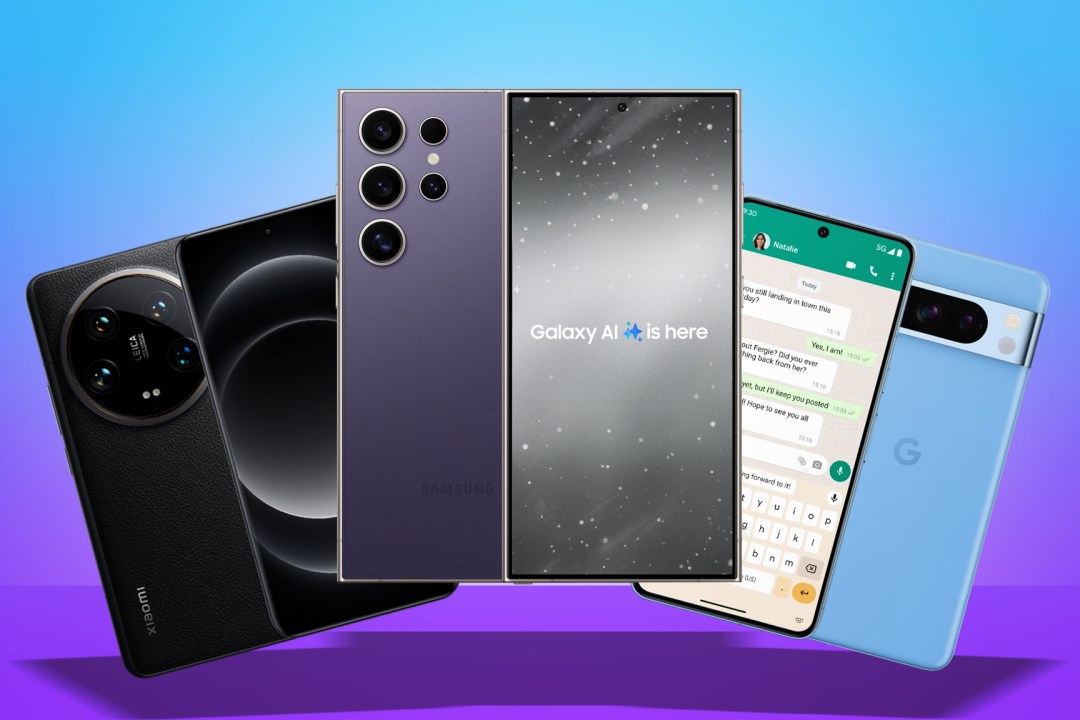Smartphones have evolved into powerful computing devices capable of performing a wide range of tasks. Artificial intelligence (AI) has played a pivotal role in enhancing these capabilities, enabling smartphones to offer a more personalized and intuitive user experience. However, the increasing reliance on AI has raised concerns about data privacy and network latency. To address these challenges, smartphone manufacturers are increasingly turning to on-device AI, which reduces the need for constant cloud connectivity.
On-device AI refers to the implementation of AI algorithms and models directly on the smartphone hardware. This approach allows for faster processing speeds, reduced latency, and improved privacy. By moving AI operations from the cloud to the device, smartphones can perform tasks more efficiently and independently.
Key AI Features in Modern Smartphones

Natural Language Processing (NLP): NLP enables smartphones to understand and respond to natural language queries, facilitating voice assistants and intelligent search features. Computer Vision: Computer vision algorithms allow smartphones to analyze and understand visual information, enabling features like facial recognition, augmented reality, and object detection. Machine Learning: Machine learning algorithms enable smartphones to learn from data and improve their performance over time. This is used in various applications, such as personalized recommendations, predictive typing, and image enhancement.
Reduced Latency: On-device AI eliminates the need to send data to and from the cloud, resulting in faster response times and improved user experience. Enhanced Privacy: By processing data locally, on-device AI reduces the amount of personal information transmitted over the network, enhancing privacy and security. Offline Functionality: Some AI features can operate offline, allowing users to access certain functionalities even without an internet connection. Improved Efficiency: On-device AI can optimize resource usage, leading to better battery life and overall performance.
Examples of On-Device AI in Smartphones

Voice Assistants: Popular voice assistants like Siri, Google Assistant, and Alexa rely heavily on on-device AI to understand and respond to voice commands. Camera Features: AI-powered camera features, such as scene detection, portrait mode, and night mode, can enhance photo and video quality without relying on cloud processing. Personalized Recommendations: AI algorithms can analyze user behavior and preferences to provide personalized recommendations for apps, music, movies, and other content.Smart Reply: AI-powered smart reply features can suggest appropriate responses to emails and messages based on the content. Hardware Requirements: Implementing on-device AI requires powerful hardware, including specialized AI accelerators or neural processing units (NPUs). Model Size and Complexity: The size and complexity of AI models can limit their deployment on smartphones. Power Consumption: Running AI algorithms on devices can increase power consumption, affecting battery life. Data Privacy: While on-device AI enhances privacy by reducing data transmission, there are still concerns about the collection and storage of personal data on the device itself.
As smartphone hardware continues to advance and AI algorithms become more efficient, we can expect to see even more sophisticated on-device AI features in the future. This will likely lead to a further reduction in dependence on the cloud, empowering users with enhanced privacy, performance, and functionality.
















Add Comment